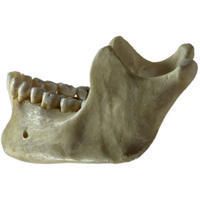ExpandI don't even dip. I put the rice cooker bowl on a scale, and weigh the rice - now it's in the bowl I wash the rice in, and after draining, it's back on the scale for the amount of water needed. I find that by subtracting how much water is left clinging to the rice from the total amount of water needed, the rice comes out beautifully.
i'm with you. i have various scales in various capacity/resolution ranges for different tasks. for this one, i have a Jennings CJ-4000 (4kg x 0.5g) that lives on my countertop connected to AC power.
i put the rice cooker bowl on the scale, tare, weigh the rice, tare, wash the rice, and then weigh the water. notice that i tare before rinsing. the rinse residue is included in my water weight.
for me, i wager that this is at least as fast as measuring the rice and water volumetrically. i can just pour the rice directly in the bowl without stopping. no fiddling with the stupid measuring cup up to 6 times, making sure each cupful is level, etc.
i have a small table taped to my wall next to my scale with measurements i've tweaked bit by bit over time. the columns are for "portions" -- 1-6 portions, where 6 portions represents the max capacity of my cooker. the first row is rice mass. the subsequent rows are water masses for various kinds of rice i use (water for tamaki gold, water for brown rice, etc).
i use scales whenever it makes sense (which is almost always). my recipes are all formulated gravimetrically in spreadsheets in google drive in a recipe folder. i just have to change the value in the "portions" cell to quickly scale the measurements. i like this system.




